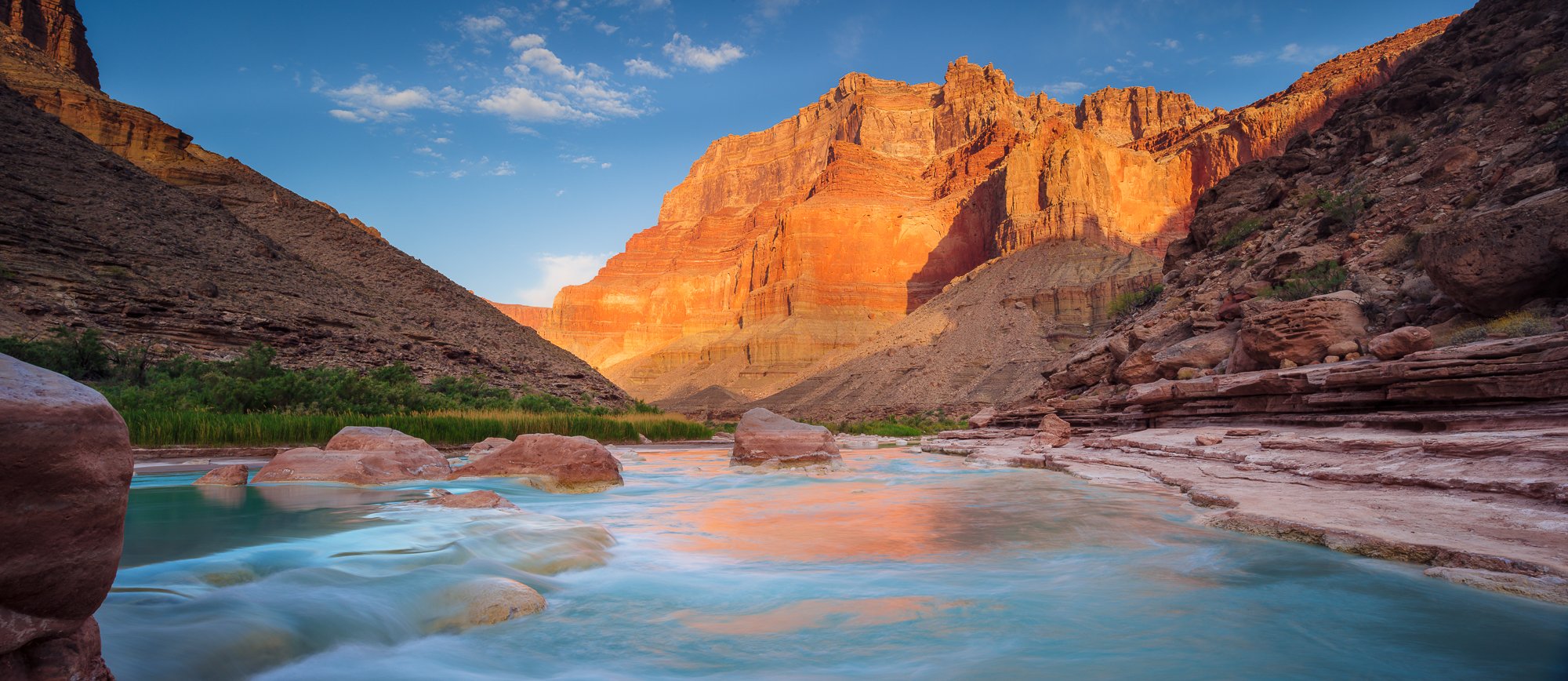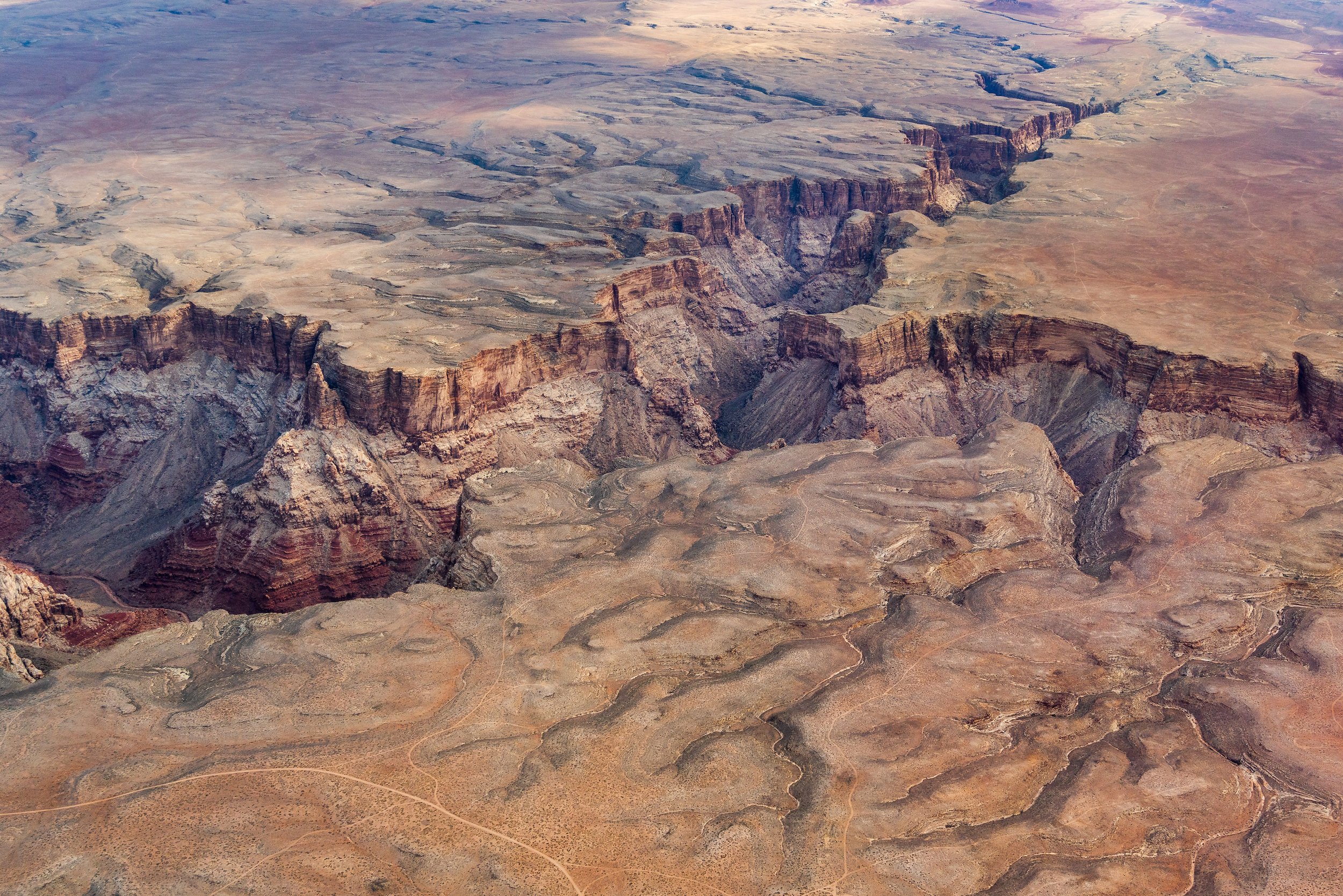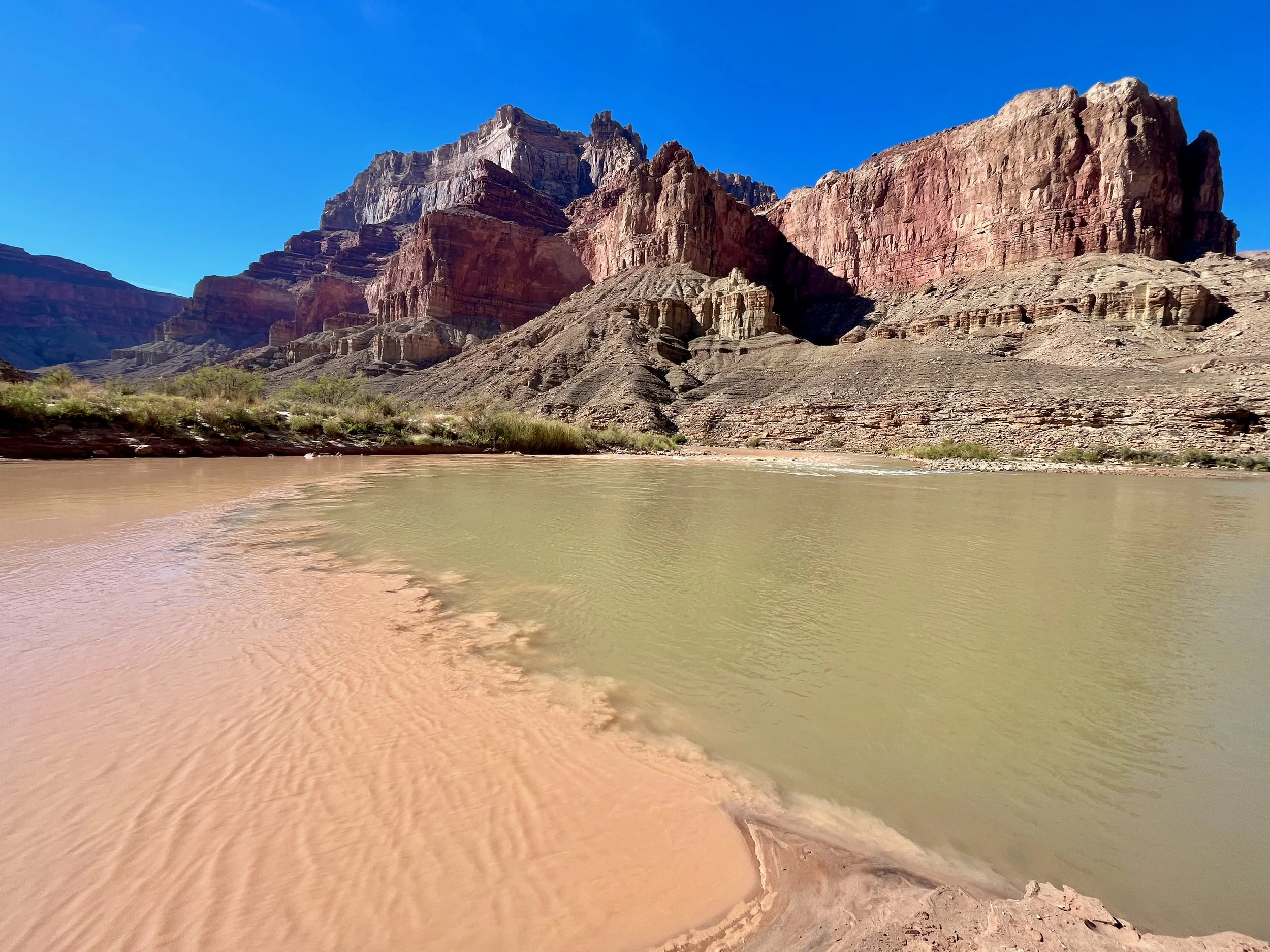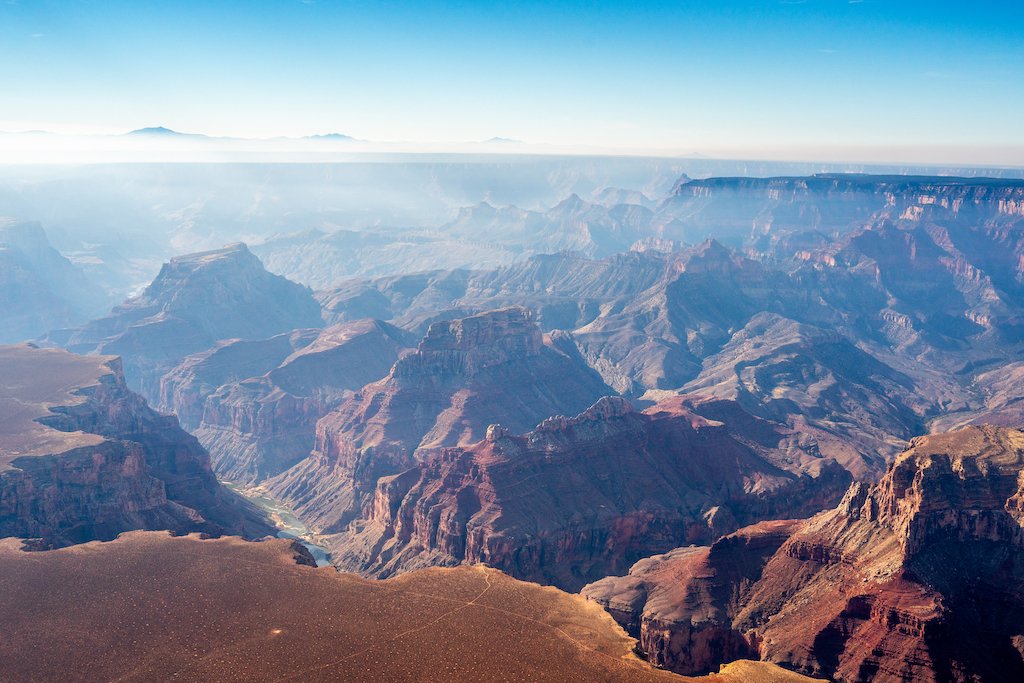
Safeguarding the Little Colorado River
Thank you for learning about the LCR Initiative
The lower Little Colorado River (LCR) and greater basin is a biocultural region of profound significance. The Little Colorado River Gorge and its confluence with the Colorado River within the Grand Canyon are particularly important to tribes with relationships to the Colorado Plateau, including Hopi, Zuni, Diné, Southern Paiute, Cibecue and White Mountain Apache, Havasupai, and Hualapai people.
Big Canyon Dam permit denied!
In March 2024, the federal government denied the Big Canyon Dam permit near the Confluence of the Little Colorado River and Colorado River. This development proposal threatened cultural sites and water quality and quantity while challenging local decision-making.
Big Canyon Wash, a tributary to the LCR on Navajo Nation, was the proposed location for the Big Canyon Dam. Photo: Eco Flight
Our Organization
LCR communities, Save the Confluence, the Grand Canyon Trust, and American Rivers have been working collaboratively to identify pathways to safeguard the lower Little Colorado River while upholding local autonomy and traditional land uses.
What is the Three-Pronged Approach?
The Little Colorado River Initiative is exploring three possible strategies that can work together to support long-term safeguards for the Little Colorado River. These three strategies strengthen one another and can be pursued at the same time.
Big Canyon Wash, a tributary to the LCR on Navajo Nation, is the proposed location for the Big Canyon Dam. Photo: Eco Flight
Photo courtesy of EcoFlight
Reforming dam rules
to require tribal consultation and consent
Recent hydroelectric dam proposals on the Navajo Nation highlight a major oversight in federal regulations: Tribal consultation and consent are not required in the early stages of dam permitting.




